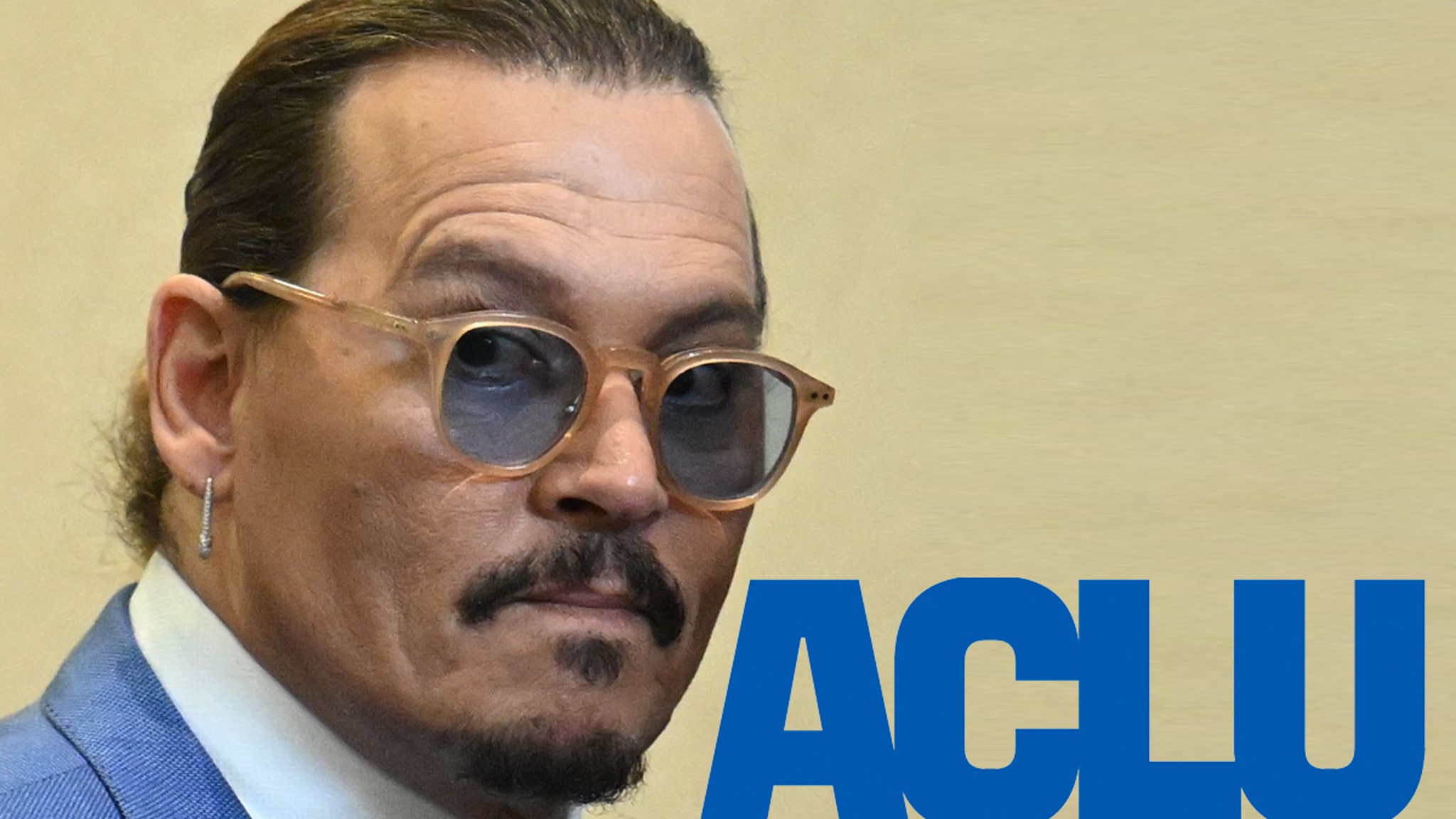Say what you like about Eben Sadie, but he doesn’t go with the crowd when it comes to winemaking.

© Swartland Wine Trail
| Eben Sadie’s winery does a lot of blending.
“The drought made us much better farmers,” says Eben Sadie.
“We would never have been able to get to where we are without it.”
Not, you understand, that he’s in favor of drought per se. “It was brutal,” he says. “I almost fell into depression. When you love a vineyard and it’s suffering so much, it’s horrible.”
The drought he is referring to lasted through 2017, 2018 and 2019, and in the Swartland region of South Africa, it was extreme. Sadie had arrived there in 1999, drawn by its heritage of very old vines – he had previously been chief winemaker at Charles Back’s The Spice Route – and, in 2000, he released Columella, named after the Roman writer, and the result of blending the various Mediterranean grape varieties he found in those old vineyards. The blend isn’t fixed, but consists of Syrah, Mourvèdre, Grenache, Carignan and a few others. Well, quite a lot of others, sometimes. And not so much Syrah now, but more of that later.
Two years later, Palladius followed: a white blend based on Chenin Blanc, Grenache Blanc, Marsanne, Colombard, Palamino, Semillon and again, plenty of others. The wines are glorious: taut, tense, expressive, transparent and concentrated. And they’ve changed over the years; Sadie adapts the winemaking and the blends every 10 years, on the grounds that it takes that long to assess results and if you change things all the time you’re just tinkering and you can’t properly see what you’re doing. Except for Palladius, which he changed mid-decade because “it was such a mess. We’d have had no customers left.”
Dry times
Anybody who considers that parading one’s own excellence is the first duty of all citizens might be shocked by this statement. Bear with me. Sadie takes his wines and his vineyards immensely seriously. Himself, perhaps not so much.
So: drought. Clearly, he survived. What did he do? First, he planted cover crops. “Cover crops are weaponry. They build carbon in the soil, and carbon is the intelligence of soil. You can quickly double the water management capacity of soil.”
Then he looked at grape varieties. “Exohydric vines start slowing down at 10am, when it starts getting warm. All hardcore Mediterranean varieties are exohydric.” It’s to do with the way the vine transports water through the plant. That process helps the vine to resist stress and, importantly for the winemaker, retain acidity. Vines with cooler origins do not do this: they carry on working. Remember that Noel Coward song, Mad Dogs and Englishmen Go Out in the Midday Sun? It includes the line “Englishmen detest a siesta”, and so do cool-climate vines. “They start burning off acid, because that’s the only way they can get the energy to get through the stress.” And that’s not good news for a winemaker.
Syrah is of course a Rhône variety, so you might think it suited to heat. But it does well in the northern Rhône; it really doesn’t like the hotter, drier south so much. In hot, dry conditions it goes earthy-tasting, and loses freshness. It is not a Mediterranean grape, and it needs water. If you want a grape that can cope with drought and keep the qualities that made you like it in the first place, you need to look at Grenache. Sadie also points to Tinta Barocca (“there’s a lot of old-vine Tinta Barocca”), Agiortitiko (“incredible in our climate”), Trousseau, Trincadeira, Carignan (“all amazing”), Alicante Bouschet (“you can pick it at 12 percent, and it’s perfectly ripe and has acidity”), Counois, Pontac (“massive structure and freshness at 12.5-13 percent” – Pontac is a synonym for red-fleshed Teinturier from France, now nearly extinct); and for whites, Assyrtiko, Catarrato, Picpoul on the coast, “amazing”, and Vermentino (“I thought Vermentino would be too light, but it’s very good”).

© Sadie Family Wines
| The soils don’t do a lot to retain whatever water does manage fall as rain.
So while Sadie is cagey about revealing the precise blend in Columella or Palladius, partly because it’s different every vintage, the balance of varieties has altered over the years. Eighteen years ago he started planting new varieties – starting with 18 eye-buds – growing them, propagating them, planting them all on three different soils. These were slate, granite and, on the coast, limestone. But nothing was done by chance: what you can do, he says, is to fly drones over top sites anywhere you choose and build up a terrain analysis of that site, which includes soil texture. You can then interpret the movement of the sun to create a 3-D solar radiation diagram of that slope. You can get data from Château Rayas or Santorini or wherever you choose, and then you can search South Africa for a match. “Normally that would take 100 years, and it still feels as if it will, but on paper it’s much faster.”
Blending over backwards
The first actual wines from this process appeared four to five years ago, and all, says Sadie, will be included in his various blends.
But Columella, as we know, only gets changed every 10 years. For the first 10 years, all the grapes were destemmed. Picking was at about 14-15 percent and they did three pigeages per day. After six weeks it was pressed into oak barrels, 40-60 percent of which were new.
From that decade of winemaking, the 2004, from a cool vintage, is lovely: taut, savory, resonant, with black fruit and wild herb notes and great depth. The 2007, from a warmer year, is much broader, a bit chunkier, still very fresh, with a long, tense finish. In 2010 came the first rethink: there was a switch to 70 percent whole-cluster and 30 percent destemming, and pigeage was swapped for very light extraction and just 10 percent new oak. After the first year the wine was moved to big foudres for the second year. “For the first decade we made it like coffee, and for the second decade we made it like tea.”
The 2010, the first wine of the second era, is totally different. It’s pure, almost monastic in its aceticism, much less exuberant. Tense, yes, much lighter, yes, delicious, yes; but when Sadie says that he missed the layers of depth that the earlier wines had, you can see why. “There were another two or three layers of tannins in the first era that were lacking in the second.” It’s a transparent wine that doesn’t go down quite as far. The 2018 is perfumed, floral in a very fine way, very bright and textured, but yes, it’s quite light. When 2020 brought the second rethink it was a move to what should be Goldilocks perfection. Sadie says that if you put a tiny bit of the first-era wines into your glass of the second-era wines, that will give the idea. I put a few drops of 2004 into my 2018, and yes, that seemed to give a bit more depth,a bit more oomph.
From 2020 onwards the rule is to destem 70 percent and do 30 percent whole-cluster, to get those layers of tannins. “There was more depth, more graphite flavor in the first era. The tannins are like a muscular car – a Mustang, perhaps. Not an Aston; they’re more brutal. The paradigm shift was enormous.”
Rollercoaster ride
Tannins are important, and Swartland tannins, he says, are unique in the world. “They’re what propelled Swartland.” They have a slightly granular texture, I would say, in a good way; there’s nothing rustic, and they do give lovely texture. The 2021 and 2022 vintages have slightly more extraction than the second-era wines. “Whole-cluster is amazing, but the stems have a lot of potassium, and if you already have a high pH that’s not necessarily the best thing.” Cool years are best in Swartland, he says, but they’re rare. “We don’t have years like 2004 often: we’ve only had three in 20 years. If all years looked like 2004, we would never have changed.”
Palladius has had a different ride. At the start, says Sadie, “we were flying blind. Nobody in the Cape did blends like this. We started picking at 14-15 percent, destemming and pressing into 500-liter casks, 15-20 percent new. In 2002, ’03, ’04 and ’05 we had Chardonnay in there, which was a big mistake. So we planted Viognier, Roussanne, Marsanne, then after that, Chenin Blanc, Clairette and Grenache Blanc.”
Viognier, Roussanne and Marsanne tended to go flabby; Clairette and Colombard provided more acidity. After 2010 they turned to whole-cluster pressing for everything. In 2014 they abandoned oak completely for vinification of Palladius and started using only concrete and clay amphorae – half in concrete eggs and half in clay amphorae. They introduced Verdelho, Semillon, Semillon Gris and Palomino: the last is fully ripe at 10.5 percent, and Verdelho ripens very early. As for the two Semillons – “whoever thought that I would work with Semillon? On paper it’s too warm in Swartland. In 1920, most of the colony was planted to Semillon. It was called Green Grape, and there are only three of the original blocks left. It was always interplanted with Semillon Gris, which was called Red Green Grape, which is very lime-cordial, green ginger. Semillon in Constantia or Elgin is very herbaceous, very green. In Swartland it has to be at higher altitudes – it has to be very high.
“My poor customers, who had to come with me on this journey,” he adds. Why did they stick to him? “People are weird…. Palladius will probably end up at about 22 varieties.” But the alcohol is down to about 13 percent, with the same level of dry extract that it had at 15 percent.
And it is a bit of a rollercoaster tasting. The 2007 is honeyed, spicy, herbal, cooked apples – very complex, a bit too Sherry-like for some, but I loved its creaminess and complexity. The 2010 is baked apples and hay, with more acidity; the 2016 is much tighter and tenser, complete, saline, with lovely texture and a bit of tannin in the background; it had its last year of aging in large old oak casks. The 2019 is complex and tense, appley again, but skins and apple sauce rather than baked apples, and a hint of something riper, too; a touch of yellow fruit, with lovely acidity and depth.
The other thing that happened in 2020 was that Sadie retired from winemaking. “Paul had been my assistant for eight or nine years, and he couldn’t be my assistant forever. He’d earned the right to make the wines, so I decided to work only in the vineyards. I interfered in 2020 – I was a bit of a jackass there – but I was completely out of it in 2021.”
To join the conversation, comment on our social media channels.




















Discussion about this post